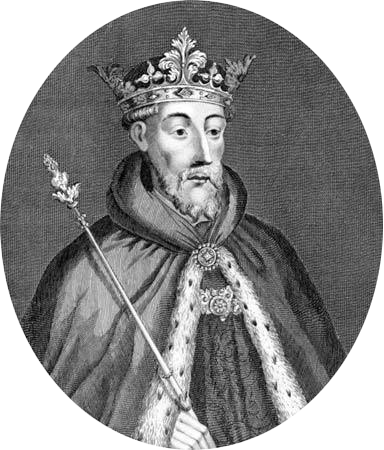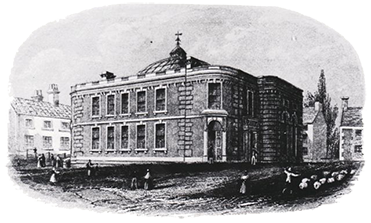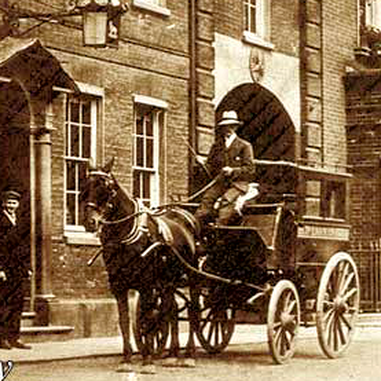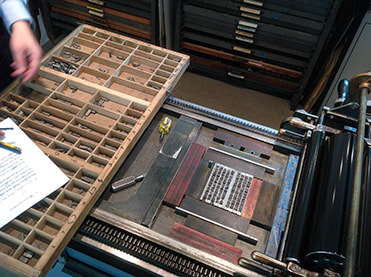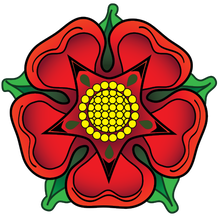|
Fakenham is mentioned in the Doomsday Book.
John of Gaunt, 1st Duke of Lancaster.
The Corn Exchange in town centre.
Fakenham had two central coaching inns.
Printing became the towns largest industry and employer.
|
THE HISTORY OF FAKENHAMThe name Fakenham is thought to come from the "ham" or settlement of a Saxon named Facca. The town on the River Wensum is mentioned in the Domesday Book of 1086 and had a population of about 150. Hempton to the south with its Augustinian priory was larger until the Dissolution of the Monasteries which began under Henry VIII in 1536. Both places competed for the lucrative Walsingham pilgrim trade and indeed Henry himself as well as many of his predecessors visited the Shrine there.
Fakenham was granted a Charter Market in 1250 and was visited by Edward I in 1301. The Market is still a flourishing attraction every Thursday. The Royal origins of the name Fakenham Lancaster
John of Gaunt, 1st Duke of Lancaster, was the third son of Edward III and younger brother of the Black Prince, the hero of Crecy. He was founder of the House of Lancaster, which ruled England until The War of the Roses and was the largest landowner in England. He was given the Manor of Fakenham in 1377 after losing lands in France, hence Fakenham's full name Fakenham Lancaster. Strategic postion With its prominent position in West Norfolk, Fakenham was well served with coaches travelling to and from London and had two coaching inns in the centre of the town. The roads out of town were some of the last to be turnpiked, the Toll Bar was in the road of that name near the Shell Garage. The town was revolutionised when the first railway arrived in 1849. A long agricultural heritage Fakenham was and still is an important agricultural centre and had many 19th century shop fronts. The Corn Exchange (now the Cinema) was built in 1855 and the Cattle Market moved the following year from Wells Road to Cattle Market Street. For some years there was a separate Pig Market. Malting was also important with Maltings in both Hall Staithe and Norwich Road. Devastating losses to fires Fire has unfortunately had a devastating effect on the town over the years with significant loss of buildings in 1660, 1718 and 1738 as well as the more recent Aldiss department store fire in 2014. Thus, there are few remaining buildings from before the 19th Century. Printing became the largest industry Throughout the 19th and 20th centuries, the town moved on and developed its biggest industry – the printing of books. The Miller family built up a substantial business which ended up supplying major London publishers. After changes of ownership over the years, in the form of Fakenham Press, it closed in 1982 when modern printing methods made it obsolete. At that time it had employed some 600 people in Wharfedale Works. The older printing buildings have gone to be replaced by Argos and car parks, but the newer buildings survive as Aldiss’s Superstore and Kinnerton’s Chocolate Factory. The town suffered greatly from the job losses and this was further aggravated by the closure of the huge USAF base at RAF Sculthorpe. However, today Fakenham is thriving once again, with a variety of food factories and there is considerable employment on the Industrial Estates, so the future is promising. Nevertheless, as with many UK high streets, there have been shop closures. It is fortunate in having several banks and building societies, banking has always been an important activity here starting with the Peckovers who merged with others to form Barclays Bank. |

